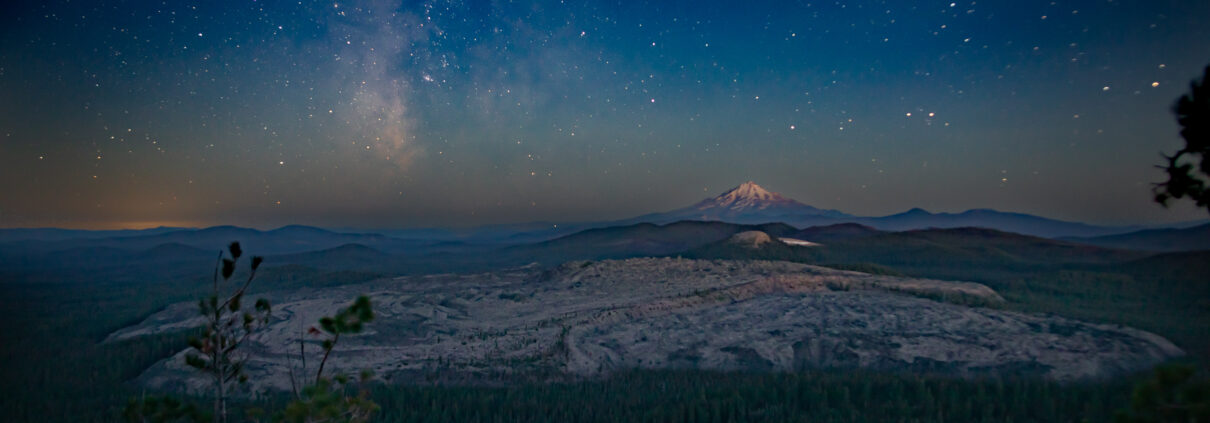Seventh Generation Fund for Indigenous Peoples supports the Pit River Nation’s leading effort to protect Sátíttla (aka Medicine Lake Highlands) as a National Monument. The area proposed for protection includes a little more than 200,000 acres in the Shasta-Trinity, Klamath, and Modoc National Forests. The proposed national monument would allow the Pit River Tribe to co-steward the area, shape the management plan, and co-direct how the plan is carried out.
Countless initiatives around the globe leave out the voices of Indigenous peoples who are then manipulated and exploited for land development which leads to further destruction and displacement of Indigenous Peoples from their original territories. This initiative, however, provides a different path forward which permits Tribal Nations to offer a wealth of Indigenous traditional ecological knowledge, and traditional stewardship practices. We believe and affirm that Indigenous Peoples continue to be the best suited group to ensure the territorial harmony of Mother Earth.
For decades, the Pit River Nation and allies have fought to safeguard these Ancestral lands from ongoing threats such as pausing more than two dozen leases issued by the Forest Service and Bureau of Land Management for large-scale geothermal energy industrial development. Successful legal battles have proven that industrial development in this area is not a viable solution, emphasizing risks to underground aquifers and the irreversible impacts to cultural and historical sites. Yet the Bureau of Land Management has yet to take these lands off the table and pending leases remain. Further development of geothermal power plants, utility lines, clear cutting of the forest, and hydraulic fracturing all threaten the sacredness and ecological importance of Sátíttla’s lands and waters.
Since time immemorial, the Pit River Nation and other Indigenous Nations have held the Sátíttla area to be a sacred landscape of great spiritual, cultural and religious significance. The Highlands, which lie between Siskiyou and Modoc Counties in Northern California, surround ancient volcanic caldera whose cold mountain waters play a central role in the life of tribal members. The area serves as a headwater and freshwater aquifer for California’s downstream water needs by capturing and discharging snowmelt through Fall River Springs, the largest spring system in the state, providing a reliable source of pure water for millions of people and one of the biggest aquifer networks in the Western United States. Protecting and ensuring the future of clean water sources is essential to our peoples and for the generations that have yet to come.




